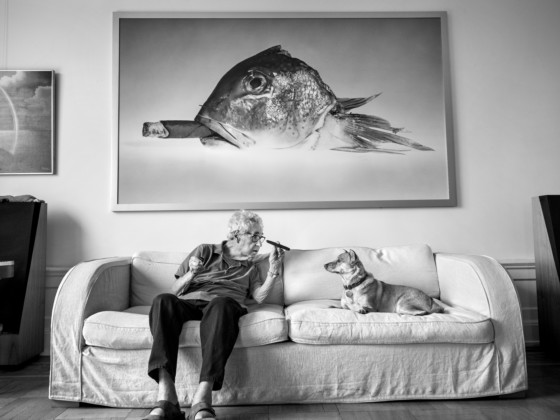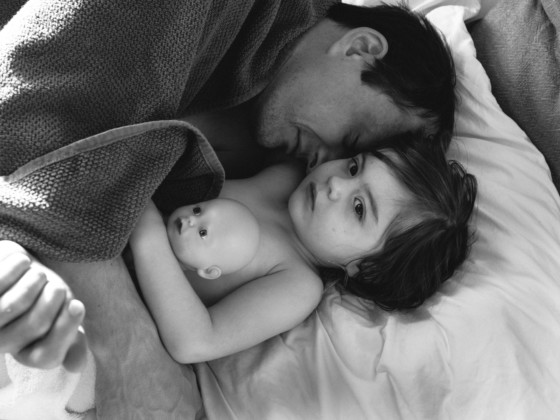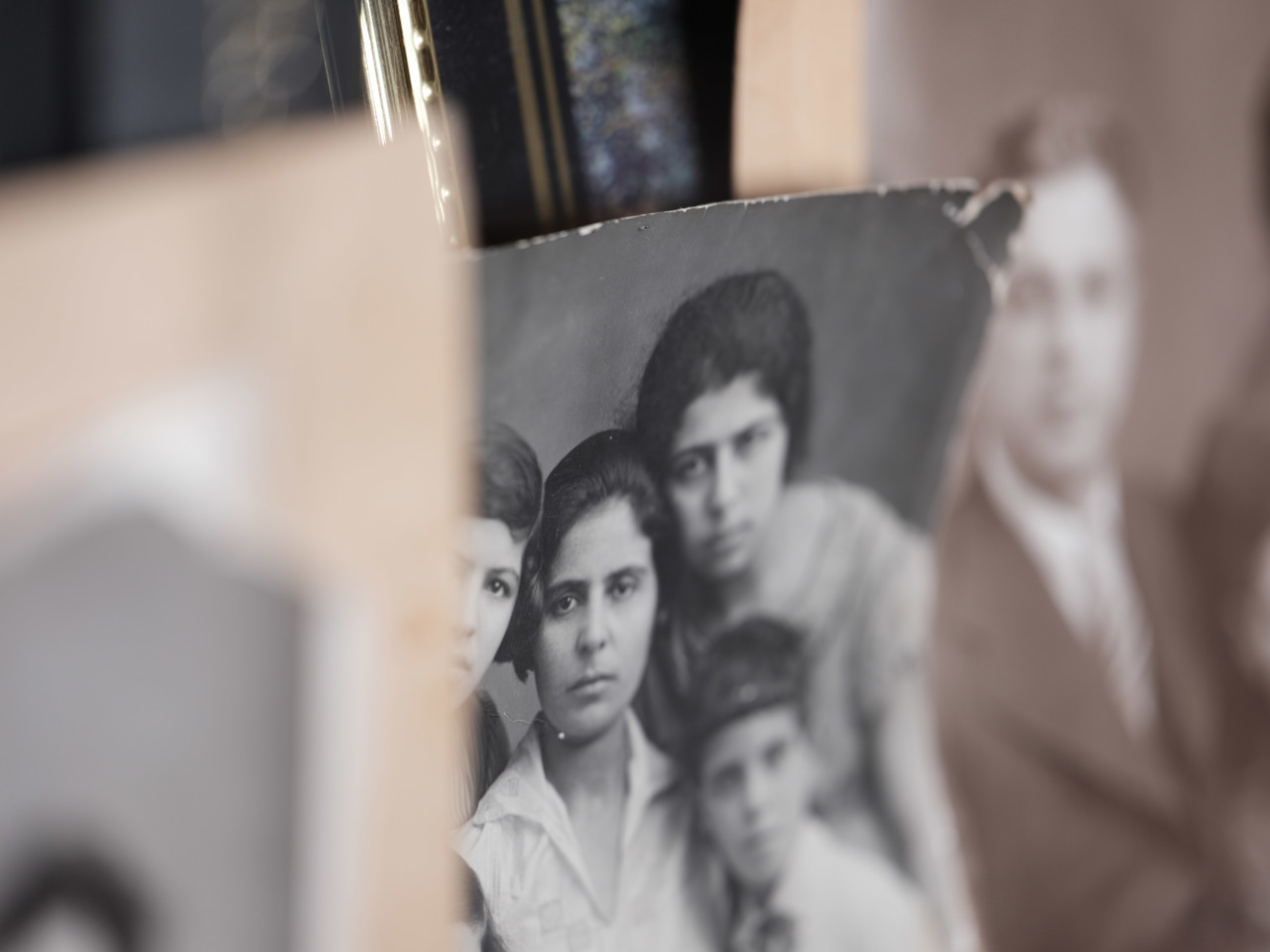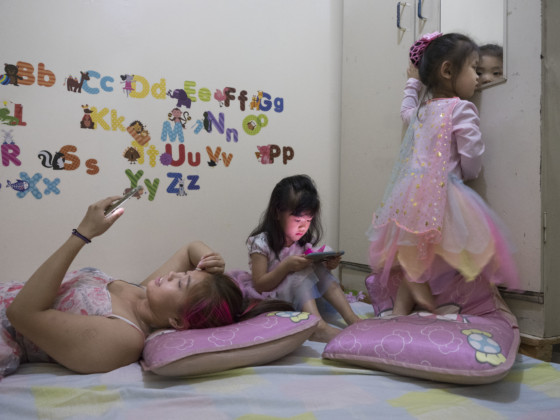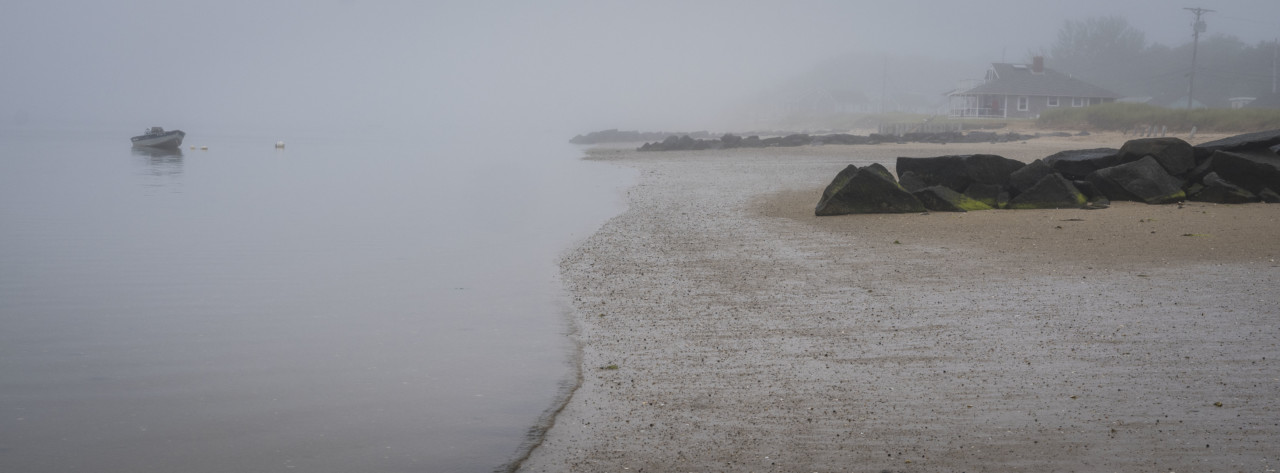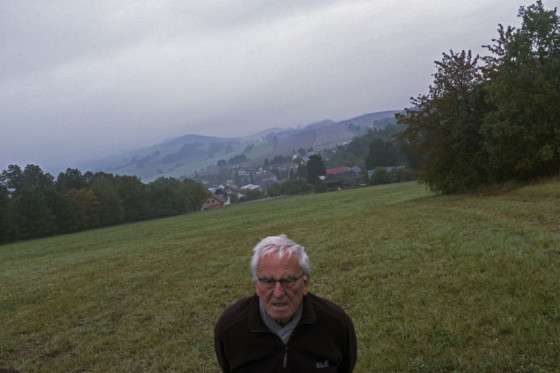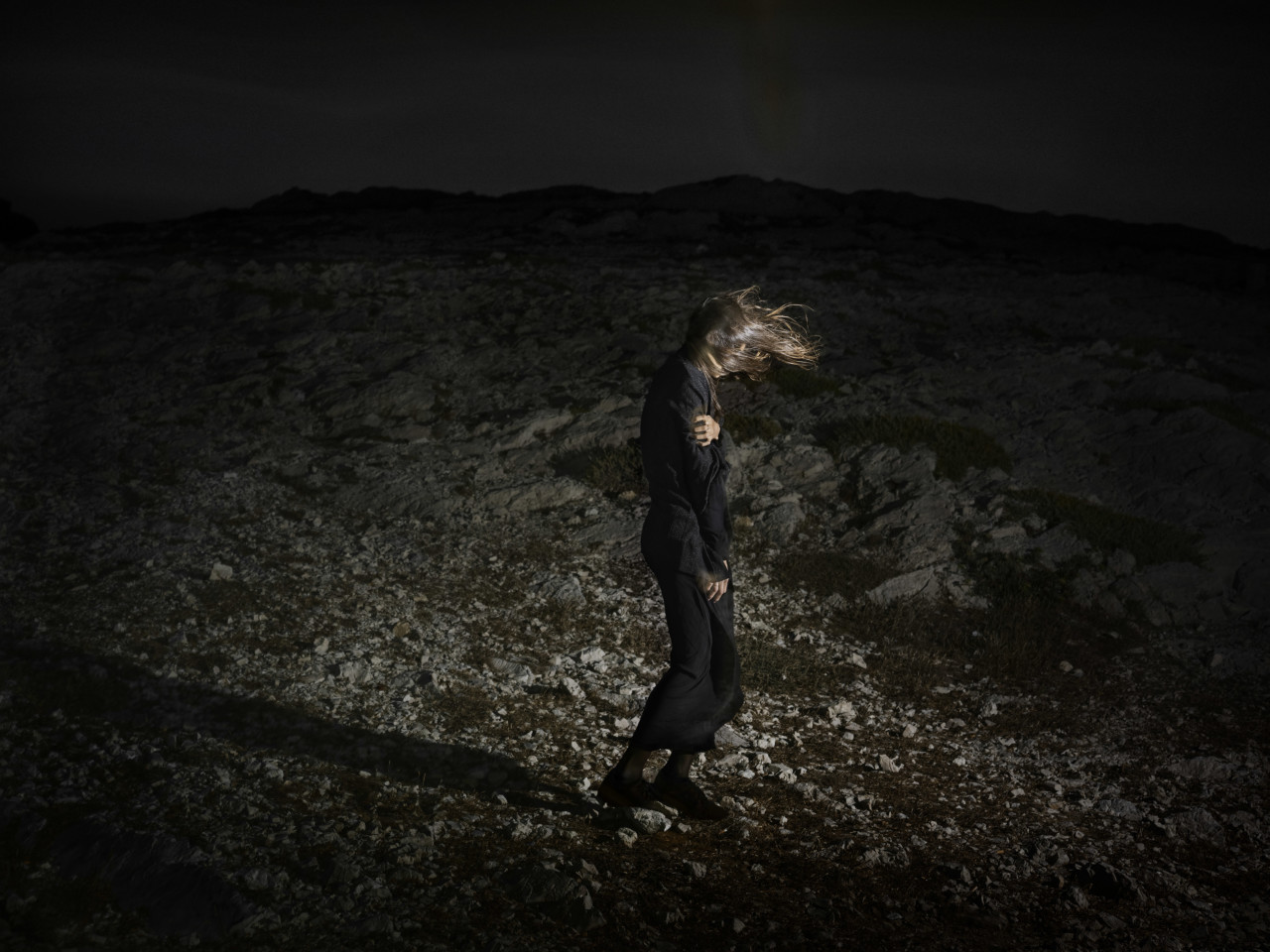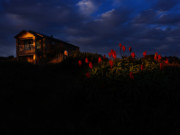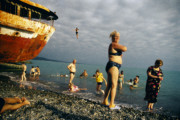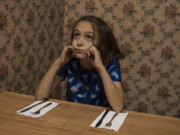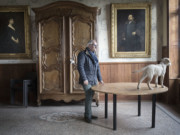Magnum Photographers Explore Home
Sixteen Magnum photographers reflect on what 'home' means to them
Magnum Photographers
What is “home”? Instinctively, the image of a peaceful haven comes to mind. A cocoon where one feels secure, loved, and understood — a nurturing and forgiving space. Home is sweet, “home is where the heart is.” Home is family. It is a mother tongue—or multiple languages; it is comfort food and familiar faces, a beloved pet. “Home” is one’s quotidian life, and domesticity: the coziness of one’s living room, sofa, TV, books and memorabilia. “Home” is a set of coordinates: a house, a street, a town, a state, a country, an apartment in the city, a cottage by the sea. Home is where we were made. To some, it doesn’t exist in the physical world any longer: it is a memory. Home is within oneself.
In 2017, sixteen Magnum photographers were invited by Fujifilm to reflect on this universal theme, in their own style and sensibility, with the same camera. “Home,” universally known in English, was chosen precisely for its global nature, and for the inherently human sentiment that it conveys. The medium format, mirrorless camera to be used would allow for the discreet, sensitive, and intimate treatment the subject required.
This project provided photographers with an ideal pretext to explore a place they held dear, a familial landscape; it was an invitation to look both inward and outward. To some, “home” was the place in which they lived; to others, it was a welcome and peaceful return to their childhood memories. Some chose a distanced visual approach: photographing the geographical space of their home from above or from afar, through majestic landscapes, magical lights, walking through their streets in a Rousseau-like spiritual journey, or embarking on a deeply existential road trip. Others chose to focus on their family, past and future generations, taking this opportunity to draw a portrait of their babies as they were being born, of their aging parents, or their teenage children about to leave the nest.
These stories compose a beautiful tribute to family bonds, with all the joy, complexity and intricacies that they carry. In their elemental and peaceful way, they also offer a contemporary take on the historic exhibition “The Family of Man,” which presented a humanist vision of the world after the trauma of World War II. Their photographs show us how dramatically the world has evolved since 1955, and, with it, the notions of family, home, motherhood and fatherhood.
"Many chose photography precisely because they needed to venture away from a home in which they felt they didn’t quite belong."
- Pauline Vermare, Curator, Magnum Photos
Home — an inherently intimate and introspective subject matter — was also a formidable challenge to take on: for the past seventy years, Magnum photographers have predominantly been looking into the lives of others — and seldom into their own. While the camera is the perfect diaristic tool and the ideal medium to document intimacy, one’s own or that of others, Magnum members’ primary mission was always to be a mirror for their society. Street photographers, war photographers, most of them instinctively turned their camera to the Other — more often than not the Dispossessed, the Displaced, the Homeless. Many chose photography precisely because they needed to venture away from a home in which they felt they didn’t quite belong: resilience meant rejecting it, traveling to other places, meeting other people — using the camera to escape.
"For Magnum photographers, Magnum is home."
- Pauline Vermare, Curator, Magnum Photos
For some, the difficulty of this project was rooted in a lingering feeling of dislocation: the fact of having more than one “home,” and the yearning to document them all. Others chose not to settle in any one particular place, and had to search for their own definition of the word. To a few, the return to childhood was indeed an emotional endeavor, and “home” was therefore a surprisingly difficult subject to document; but for all, exploring the notion of “home” in such a personal way was a welcome challenge: an invitation to self-exploration, which resulted in a deeply thoughtful journey. Indeed, for these uprooted, avid travelers, accustomed to exile and a permanent state of in-betweenness, this project constituted a form of therapy: “I should be able to know where I come from.” (Moises Saman).
" I should be able to know where I come from."
- Moises Saman
Together, these sixteen visual short stories compose a remarkably beautiful, poetic and complex portrait of what “home” is, and of what it can be. They encapsulate these profound and conflicting human feelings all at once: the inside and the outside, the pleasure and the pain. This project, envisioned in Tokyo, London and New York, takes us to over ten countries, and will travel extensively throughout the world after it premieres in New York. It is a testament to what a thoughtful collaboration can give birth to. In and of itself, through the wealth of diversity, talent and depth of Magnum, it exemplifies the power and quintessential role of photography in our societies: it touches us to the core.
And, in the end, as many movingly express here: for Magnum photographers, Magnum is home.
— Pauline Vermare, Curator, Magnum Photos



